10 Sustainable Indoor Gardening Tips
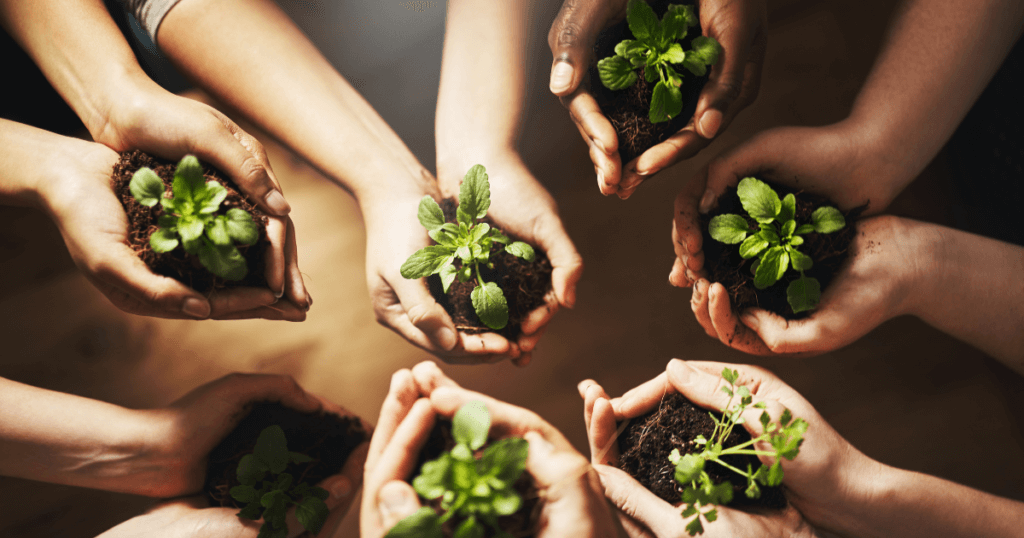
Are you a passionate plant lover wanting to create an eco-friendly oasis inside your home? Look no further! This article will explore ten valuable tips to help you embark on your sustainable indoor gardening journey. By adopting these eco-conscious practices, you can cultivate a thriving indoor garden and contribute to a greener and more sustainable planet. So, let’s dive in and discover how to transform your indoor space into a vibrant, sustainable haven of greenery.
Table of Contents
1. Choose Native and Low-Maintenance Plants
When selecting plants for your indoor garden, choose native species as they naturally adapt to the local climate. Native plants require less water, fertilizer, and pesticide applications, making them ideal for sustainable indoor gardening. Additionally, choose low-maintenance varieties that can thrive with minimal intervention, reducing the need for excessive care and resources.
2. Create a Green Corner with Vertical Gardening
Utilize vertical space to maximize your indoor garden’s potential. Vertical gardening not only adds aesthetic appeal but also optimizes space utilization. Install vertical planters or hanging baskets to grow herbs, flowers, or small vegetables. You can cultivate a lush green corner by utilizing vertical space effectively without sacrificing precious floor space.
3. Harness Natural Light for Plant Growth
Proper lighting is crucial for indoor gardening success. Position your plants near windows that receive ample natural light. East or south-facing windows are usually the best choices. If natural light is limited, supplement it with energy-efficient LED grow lights. These lights mimic the spectrum of sunlight and promote healthy plant growth without excessive energy consumption.
4. Implement Water-Wise Practices
Conserving water is a vital aspect of sustainable gardening. Collect and reuse rainwater or graywater from household activities like dishwashing to reduce water usage. Additionally, employ efficient watering techniques such as drip irrigationAn irrigation method where nutrient-rich water is slowly dri... More or self-watering systems to ensure plants receive just the right amount of water, minimizing waste.
5. Embrace Organic Pest Control Methods
Pests can pose a challenge to indoor gardening, but addressing them without resorting to harmful chemicals is essential. Embrace organic pest controlThe use of natural methods, such as beneficial insects, bota... More methods such as companion plantingThe practice of growing different plant species together for... More, introducing beneficial insectsInsects that are intentionally introduced into an indoor far... More, or homemade remedies like neem oil or soap sprays. These environmentally friendly alternatives help maintain a healthy balance in your indoor garden ecosystem.
6. Repurpose and Upcycle Containers
Get creative and repurpose household items rather than purchasing new pots and containers. Old jars, teacups, tin cans, or wooden crates can serve as unique plant containers, adding character to your indoor garden. By repurposing and upcycling, you minimize waste and give discarded objects a new lease of life.
7. Compost for Nutrient-Rich Soil
Creating nutrient-rich soil is essential for healthy plant growth. Start composting kitchen scraps, coffee grounds, and dry leaves to produce organic compostDecomposed organic matter, such as plant material or food sc... More. Composting not only diverts waste from landfills but also enriches your indoor garden’s soil with natural nutrients, reducing the need for synthetic fertilizers.
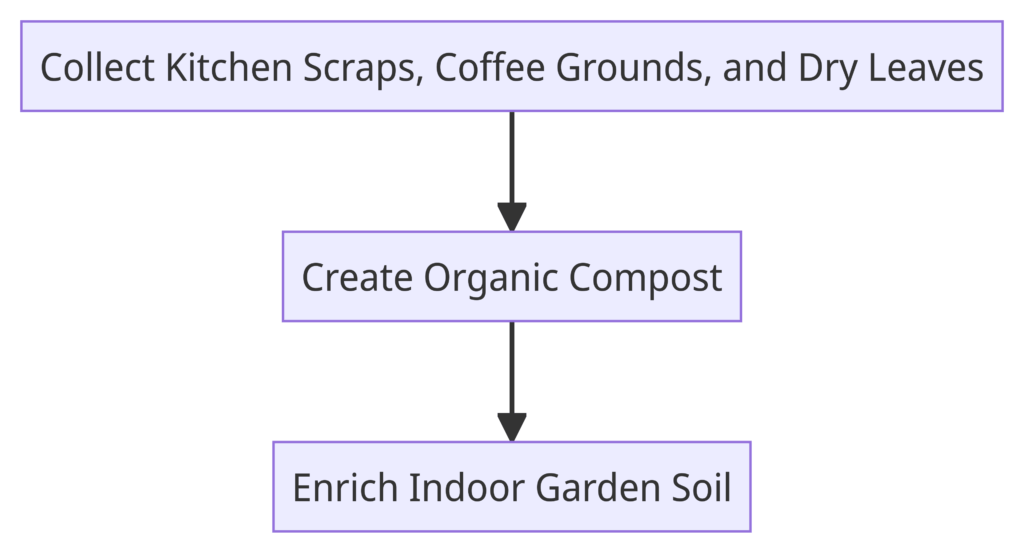
8. Practice Crop Rotation and Succession Planting
Employ crop rotation and succession planting techniques to maintain soil fertility and minimize pests and diseases. Rotate plant families each growing season to prevent nutrient depletion and break pest cycles. Additionally, practice succession planting by sowing new seeds as soon as a crop is harvested. This ensures a continuous supply of fresh produce throughout the year.
9. Integrate Beneficial Pollinators
Invite nature’s pollinators into your indoor garden to enhance plant pollinationThe transfer of pollen from the male reproductive parts of a... More and increase yields. Incorporate flowering plants like lavender, marigold, or borage to attract bees, butterflies, and other beneficial insectsInsects that are intentionally introduced into an indoor far... More. These pollinators contribute to plant reproduction and beautify your indoor garden with their vibrant presence.
10. Practice Sustainable Harvesting and Seed Saving
When it’s time to harvest your indoor garden’s bounty, do so responsibly. Harvest only what you need and allow plants to continue growing and producing. Additionally, explore seed-saving techniques to preserve heirloom varieties and reduce reliance on commercially produced seeds. By practising sustainable harvesting and seed savingThe practice of collecting, storing, and preserving seeds fr... More, you contribute to conserving plant diversity and promoting a self-sustaining garden ecosystem.
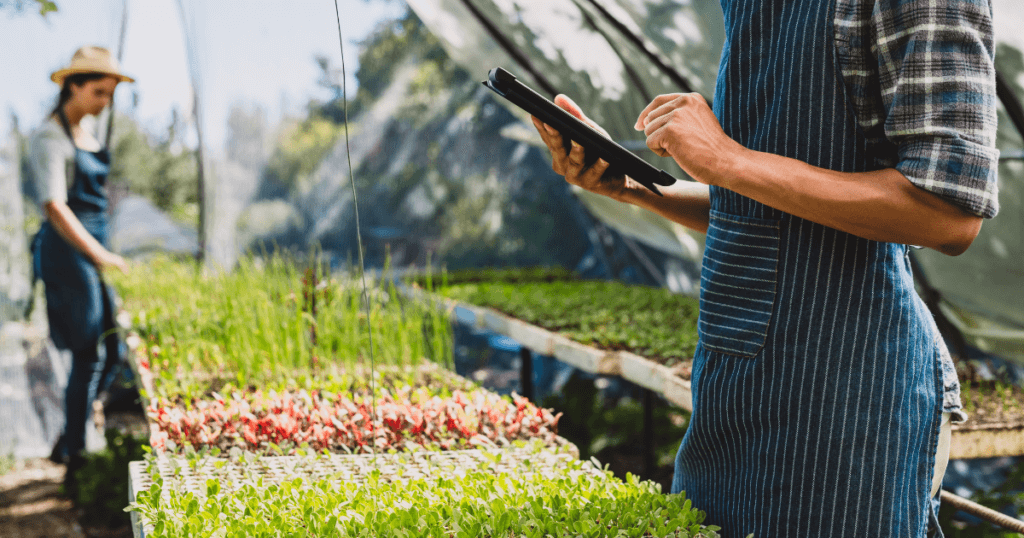
Conclusion
Creating a sustainable indoor garden is a rewarding and environmentally conscious endeavour. By implementing these ten tips, you can cultivate a thriving indoor garden while minimizing your environmental footprint. From choosing native plants and harnessing natural light to practising water-wise techniques and embracing organic pest controlThe use of natural methods, such as beneficial insects, bota... More, every step you take towards sustainability makes a positive impact. So, get your hands dirty, embrace the green, and enjoy the wonders of sustainable indoor gardening.
Frequently Asked Questions – Sustainable Indoor Gardening Tips
Q: What is sustainable indoor gardening?
A: Sustainable indoor gardening is a method of growing plants indoors using environmentally friendly practices that conserve resources, minimize waste, and promote long-term plant health.
Q: How can I reduce water usage in indoor gardening?
A: To reduce water usage, you can:
- Choose drought-tolerant plantsPlant varieties that have adapted to withstand periods of li... More.
- Water plants at the base to avoid unnecessary evaporation.
- Collect and reuse rainwater or greywater.
- Use self-watering systems or moisture sensors.
Q: Are there eco-friendly alternatives to synthetic fertilizers?
A: Yes, you can use:
- Organic fertilizers made from natural materials like compostDecomposed organic matter, such as plant material or food sc... More, worm castings, or seaweed.
- Vermicompost (worm compostDecomposed organic matter, such as plant material or food sc... More) that adds nutrients to the soil.
- AquaponicsAn integrated system that combines aquaculture (raising fish... More, which combines fish farming with hydroponic
 A soilless cultivation method where plants are grown in nutr... More plant growth for natural fertilization.
A soilless cultivation method where plants are grown in nutr... More plant growth for natural fertilization.
Q: How can I incorporate natural pest control in indoor gardening?
A: You can try the following methods:
- Introduce beneficial insectsInsects that are intentionally introduced into an indoor far... More like ladybugs or predatory mites to control pests.
- Use neem oil, a natural insecticide derived from neem tree seeds.
- Set up companion plantingThe practice of growing different plant species together for... More to repel pests or attract beneficial insectsInsects that are intentionally introduced into an indoor far... More.
Q: Can I grow food indoors sustainably?
A: Absolutely! You can grow herbs, salad greens, microgreensYoung, tender plants are harvested at an early stage of grow... More, and certain vegetables indoors. Use organic soil or hydroponic A soilless cultivation method where plants are grown in nutr... More systems, provide adequate light, and practice sustainable watering and fertilization techniques.
A soilless cultivation method where plants are grown in nutr... More systems, provide adequate light, and practice sustainable watering and fertilization techniques.
Useful External Resources for Sustainable Indoor Gardening Tips
- https://naturespath.com/blogs/posts/7-indoor-gardening-tips-for-thriving-houseplants
- https://www.gardenista.com/posts/9-tips-sustainable-houseplants/
- https://www.bobvila.com/articles/indoor-gardening/
- https://www.abc.net.au/everyday/nine-ways-to-make-your-indoor-plant-hobby-more-sustainable/100006754
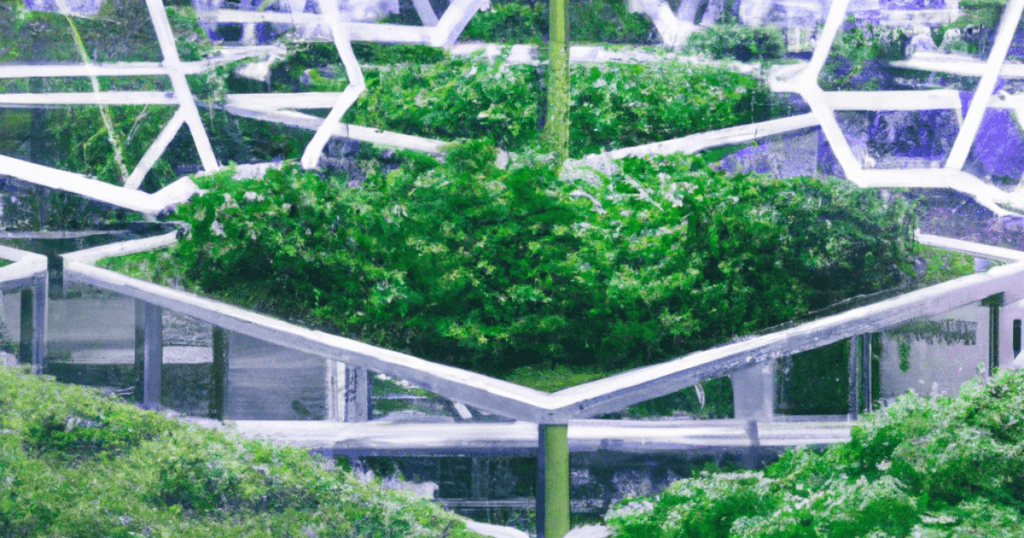
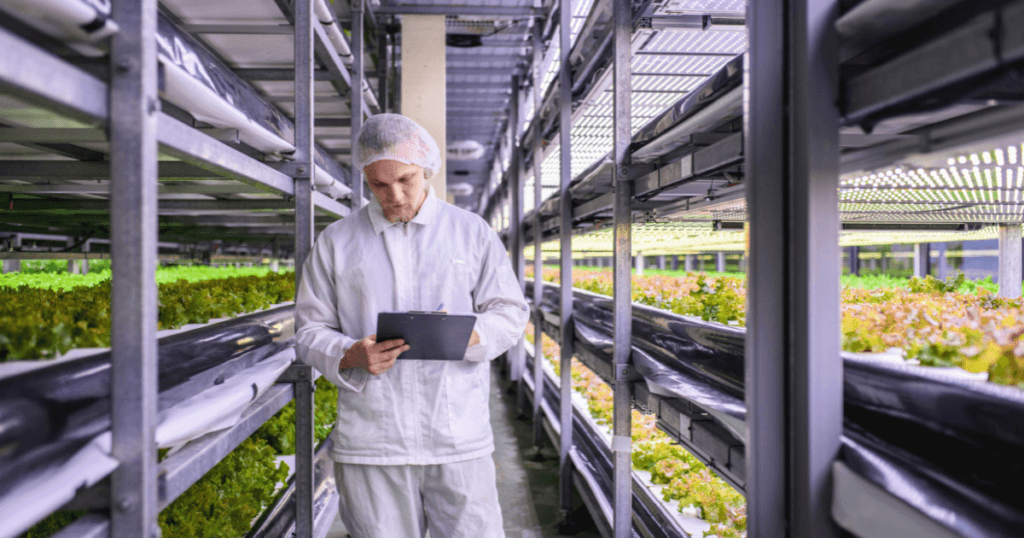
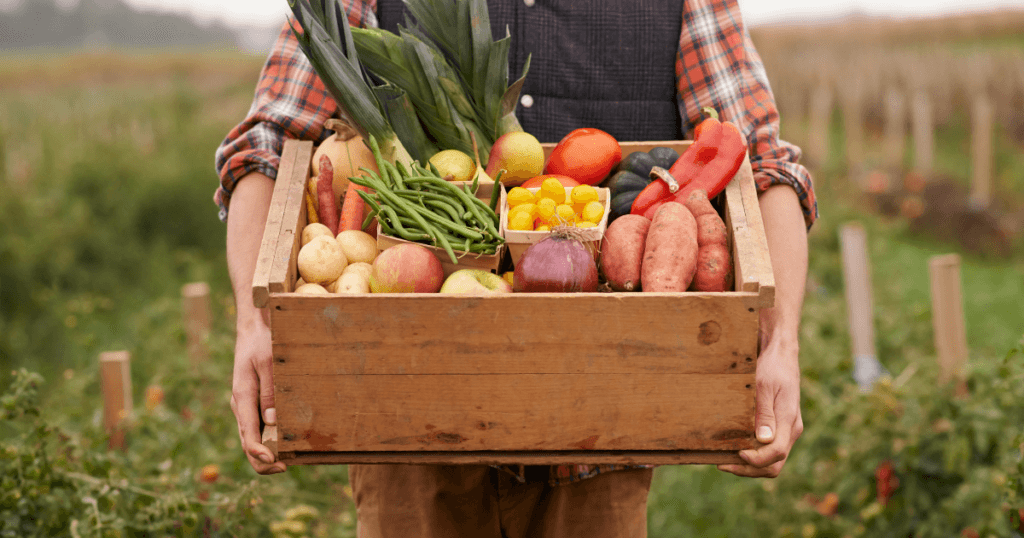

Pingback: Nurturing Plants: Indoor Farming Nutrient Management - indoorfarminghub.com